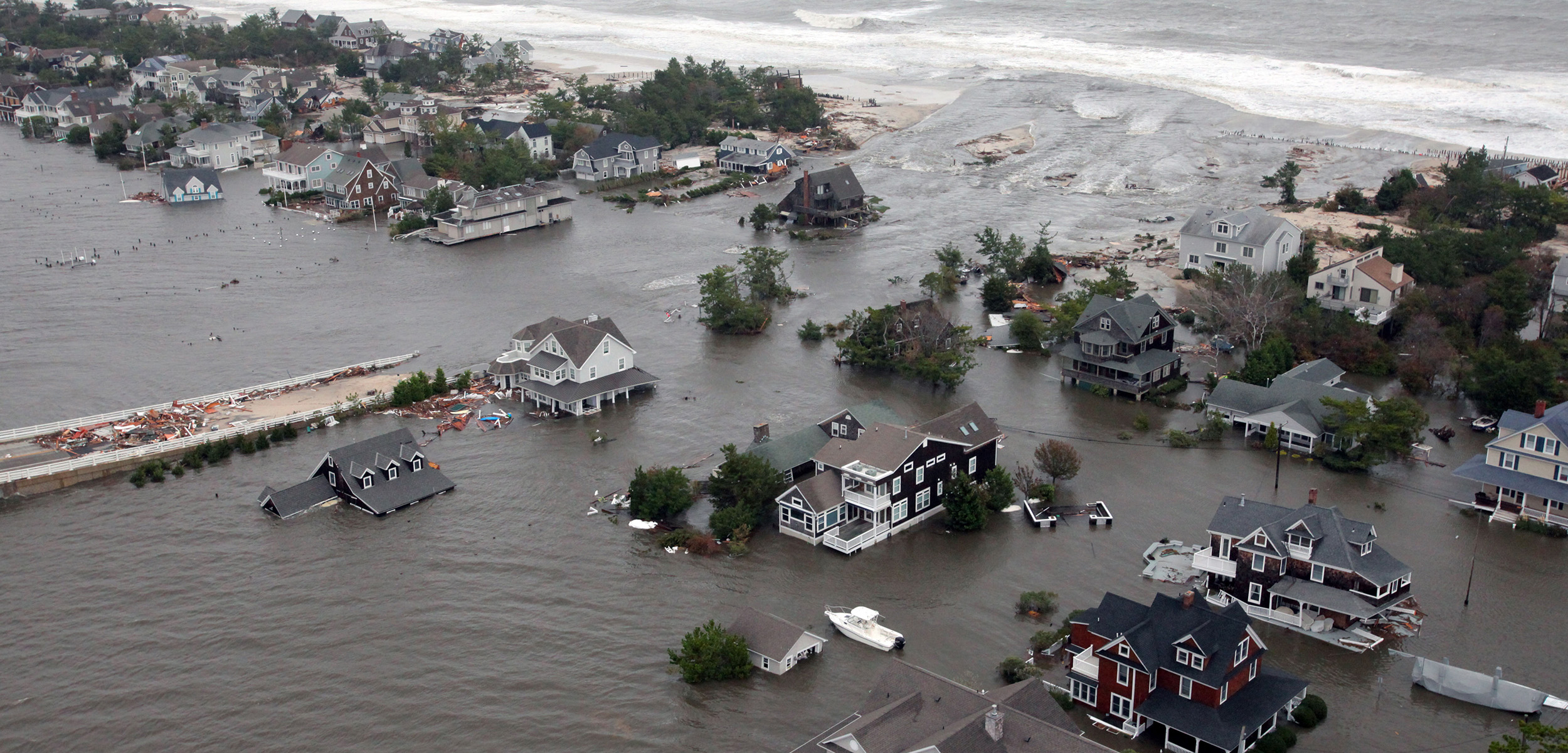For Renters, Hurricanes Create a Perfect Storm of Housing Instability
Even people who don’t lose their homes during a storm can end up threatened with eviction.
Article body copy
When a natural disaster strikes, renters are screwed. In addition to damaged infrastructure, flooding, and trauma following a severe storm, tenants can face the looming threat of unaffordable rent—and even eviction. New research shows that renters, who make up over one-third of the population in the United States, are hit harder and are less able than homeowners to recover from hurricanes.
Kelsea Best at The Ohio State University and Qian He at New Jersey’s Rowan University, who both study climate resilience, recently led two studies analyzing how hurricanes affect rental housing. The researchers looked at data from 19 US states along the East and Gulf Coasts, spanning from Maine to Texas, between 2009 and 2018. They focused on the 13 storms during that decade that were severe enough to trigger a federal disaster response, including 2012’s Superstorm Sandy and hurricanes Matthew and Harvey in 2016 and 2017.
Immediately after the most powerful hurricanes, median rents go up, Best says, and they stay high throughout the following calendar year. These severe storms bring flooding and strong winds and can leave a trail of damaged buildings in their wake. Evacuated or displaced tenants are suddenly looking for shelter. Meanwhile, landlords need time to make repairs—or will choose not to rebuild at all. In the short term, storm damage squeezes a city’s already limited supply of rental housing, driving up prices.
At the same time, communities remain significantly impacted—businesses may be closed, and people might not be able to find jobs, says Noah Patton, a senior policy analyst for disaster recovery at the National Low Income Housing Coalition, who was not involved with the research.
Severe storms are bad enough, but Best’s study finds that even less powerful storms reduce the affordability of rental housing—measured by dividing fair market rent by a county’s median income. This trend is especially pronounced in counties with a higher percentage of people of color.
For many tenants, higher rent pushes housing out of reach. According to He’s study, which is yet to be published, more renters receive eviction notices after storms and during the following calendar year.
“Renters tend to have less control over the condition of where they live and less security over [how long they live there],” says Natalie Maxwell, the Florida-based managing attorney at the National Housing Law Project, who was not involved in the research.
According to Maxwell, a lack of affordable housing after a disaster can displace entire communities. Landlords may take advantage of the opportunity to evict tenants and charge higher rents when the area becomes accessible again. In the long term, a hurricane can accelerate gentrification as higher prices force lower-income people out of their neighborhoods. This is what happened in New Orleans, Louisiana, where more than 80 percent of residents were evacuated during Hurricane Katrina in 2005: neighborhoods devastated by the storm were more likely to gentrify over the following decade.
Most importantly, He’s study found that government aid for renters is not sufficient to help renters during the period after a disaster when housing is most unaffordable.
Although the US Federal Emergency Management Agency (FEMA) can provide immediate emergency assistance and temporary housing to displaced tenants after a hurricane, that aid is limited. Not everyone qualifies for help from FEMA, and tenants who do meet the criteria may only receive support for a few months. After that, renters usually have to move on. But the process of finding a new home can be slow because longer-term aid from the Department of Housing and Urban Development (HUD) is often delayed. Those grants, geared toward addressing the needs of lower-income communities, can get caught up in bureaucratic red tape, explains Maxwell.
The gap between temporary and longer-term aid allows many renters to slip through the cracks, in part because they are already vulnerable. For example, when Hurricane Harvey hit Houston, Texas, in 2017, neighborhoods with mostly low-income renters of color suffered worse flooding because of discriminatory urban planning and failing infrastructure. Those communities also received less government support to recover. Unlike homeowners, renters typically lack the wealth and political influence to demand policy changes, such as calling on Congress to fast-track HUD’s ability to grant funds after a storm.
The good news is that these assistance programs, once in place, can be effective. He’s study finds fewer renters are threatened with eviction in counties that receive more federal aid. That drop in evictions comes about two years after the hurricane.
Maxwell suggests that an eviction moratorium, like the one instituted by the US government in 2020 amid the COVID-19 pandemic, could protect renters during the gap in federal support.
As climate change continues to fuel stronger and more frequent storms, communities in the United States will face worsening disasters that exacerbate inequality among residents. The challenges of climate change and housing are linked, Best explains, and should be addressed simultaneously. “We need to be thinking about safe, affordable housing for all people in this country,” she says.

